# Introductions | Charge SRD
The Charge SRD is a condensed version of the rules of Charge RPG that you can use to make your own **Powered by Charge** games.
This document follows a certain format that you can use as a base framework for your game, but also offers design advice so that you can hack it while still keeping the "Charge feeling".
You can fill-in the gaps, or tear-it down to make something completely different.
We can't wait to see what you will build with this. Enjoy!
> #### Designer Note
>
> Text inside blockquotes (like this) is for you, the game designer.
>
> Designer notes will contain relevant design information, or offer different dials and options you could use for your game.
>
> #### Powered By Charge Logos
>
> Use those logos to show that your game is **Powered by Charge** ⚡
>
>
>

>

>
**1st Card: [Theme #1]**
- **Ace**: [prompt]
- **2**: [prompt]
- **3**: [prompt]
- **4**: [prompt]
- **5**: [prompt]
- **6**: [prompt]
- **7**: [prompt]
- **8**: [prompt]
- **9**: [prompt]
- **10**: [prompt]
- **Jack**: [prompt]
- **Queen**: [prompt]
- **King**: [prompt]
**2nd Card: [Theme #2]**
- **Ace**: [prompt]
- **2**: [prompt]
- **3**: [prompt]
- **4**: [prompt]
- **5**: [prompt]
- **6**: [prompt]
- **7**: [prompt]
- **8**: [prompt]
- **9**: [prompt]
- **10**: [prompt]
- **Jack**: [prompt]
- **Queen**: [prompt]
- **King**: [prompt]
**3rd Card: The Mission**
- **Ace**: [prompt]
- **2**: [prompt]
- **3**: [prompt]
- **4**: [prompt]
- **5**: [prompt]
- **6**: [prompt]
- **7**: [prompt]
- **8**: [prompt]
- **9**: [prompt]
- **10**: [prompt]
- **Jack**: [prompt]
- **Queen**: [prompt]
- **King**: [prompt]
Once the 3 cards are drawn, the GM uses the prompts on the first two to explain what happened while the PCs were away. The PCs can then spend time exploring those threads as they see fit.
When the PCs are ready for their next mission, the GM makes a **mission roll**.
To do so, the GM looks at the 3 cards they've drawn, and builds a dice pool of **1d6** for each red card (♥ ♦).
If there's no red card, roll **2d6**, and select the lowest number.
The result of this roll tells us what is going to be the initial **risk** the PCs will find themselves in when starting their next mission.
- On a **1-3**, the PCs start in a **high risk** position.
- On a **4-5**, the PCs start in a **moderate risk** position.
- On a **6**, the PCs start in a **low risk** position.
- On a **66**, the PCs start in a **low risk** position, and gain some additional benefit.
The GM introduces the mission to the PCs, and they decide how they will approach the situation.
Once they've decided on a strategy, the GM cuts to the first scene of the mission using the result of the mission roll to describe the PCs current position.
Once the mission is over, the PCs go back to their H.Q., and the loop starts anew.
# Attachment Extra | Extras
Characters are defined using **details** to represent who they are, what they are like and who they are linked to. By default, **details** don't have any mechanical uses in the game apart from providing narrative liberties.
An **attachment** is a character **detail** that you can choose to temporarily lose to resist an incoming **consequence**. If you want to resist a **consequence**, but don’t want to make a **determination roll**, you can decide to break one of your **attachments**. Doing so cancels the consequence outright.
However, this can only be done when it makes sense narratively, and that particular **attachment** cannot be used until time is taken to repair or reacquire it.
To reacquire or repair an **attachment**, the PC needs to start a **project progress clock** and track it on their character sheet. The clock starts at 4 segments, but may have more segments if the attachment is complicated to repair, if it was heavily damaged, or if it is difficult to reacquire.
To make progress on the project, a character may only roll to repair a "broken" **attachment** when they have the appropriate amount of downtime.
Once the project is completed, the character is permitted to use the **attachment** in the fiction, and is allowed to block a new **consequence** by breaking it once again.
# Licencing
The Charge SRD is released under Creative Commons Attribution [CC-BY](https://creativecommons.org/licenses/by/4.0/).
That means you are free to use the content of this SRD for your own game, provided you give proper credit.
Because Charge is based off Blades in the Dark, you would also need to credit the creators of this game as well.
To do so, copy the text below in your game, and things should be good to go.
> This work is based on Charge, product of Fari RPGs (https://farirpgs.com/), developed and authored by René-Pier Deshaies-Gélinas , and licensed for our use under the Creative Commons Attribution 4.0 License ([https://creativecommons.org/licenses/by/4.0/](https://creativecommons.org/licenses/by/4.0/))
>
> This work is also based on Blades in the Dark (found at [http://www.bladesinthedark.com/](https://www.bladesinthedark.com/)), product of One Seven Design, developed and authored by John Harper, and licensed for our use under the Creative Commons Attribution 3.0 Unported license ([http://creativecommons.org/licenses/by/3.0/](https://creativecommons.org/licenses/by/3.0/)).
## Powered By Charge
If you want, you can also include the following images in your game to say that it's powered by Charge.
# Credits
This work is based on Blades in the Dark (found at [http://www.bladesinthedark.com/](https://www.bladesinthedark.com/)), product of One Seven Design, developed and authored by John Harper, and licensed for our use under the Creative Commons Attribution 3.0 Unported license ([http://creativecommons.org/licenses/by/3.0/](https://creativecommons.org/licenses/by/3.0/)).
 >
>  >
>  >
>  >
> 
